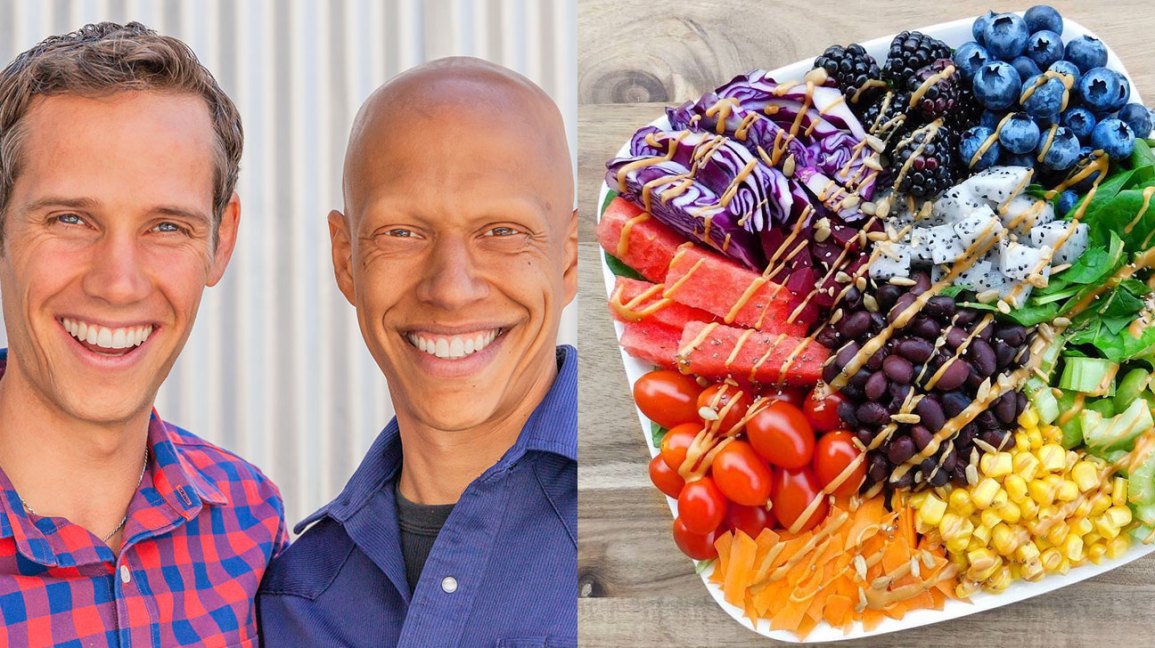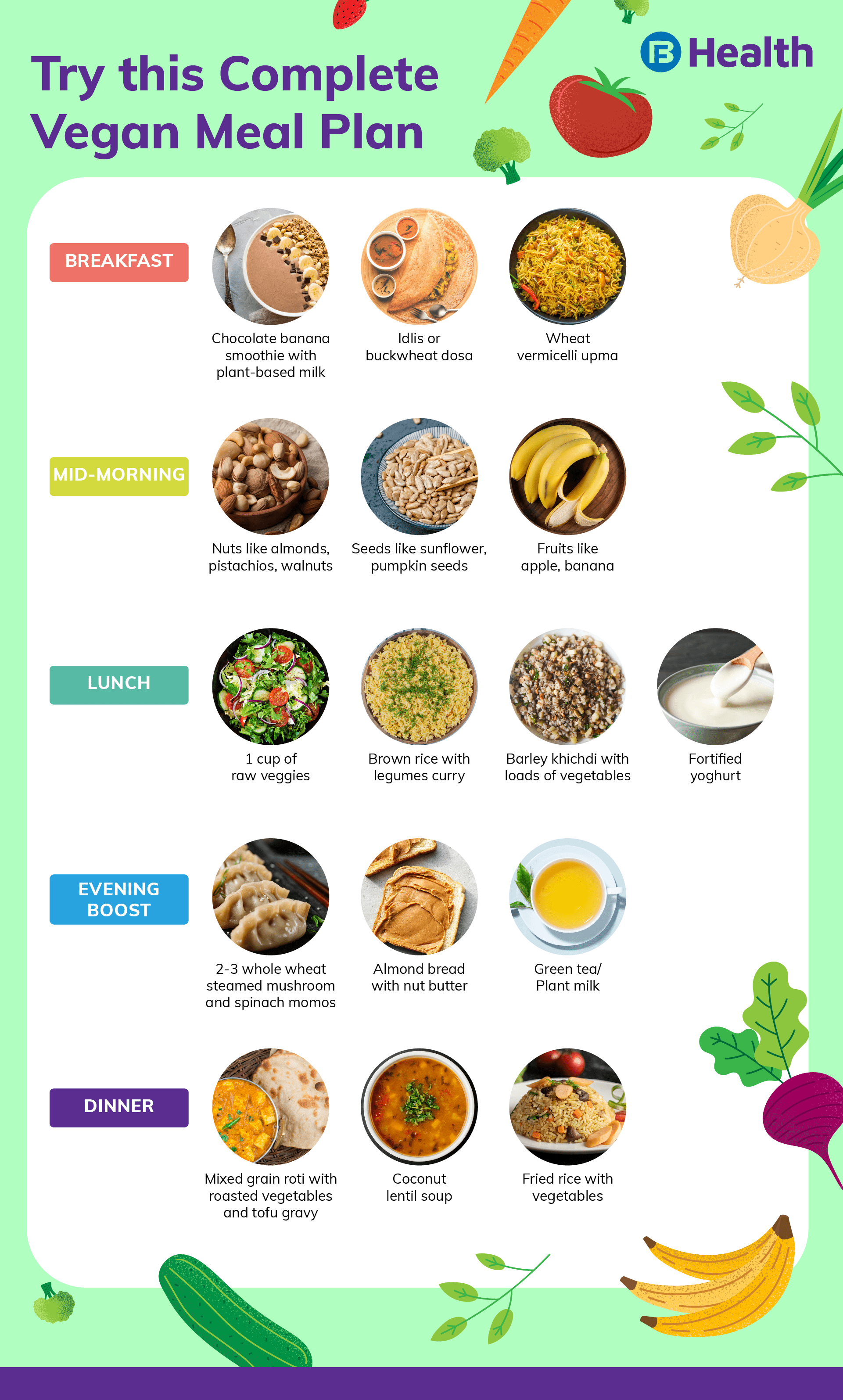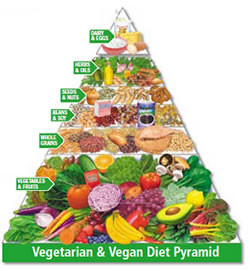
Vegetarians and vegans are great ways to reduce the environmental impact. Reducing your consumption of animal products will help the environment in many other ways. Using less meat also reduces your overall food consumption, since animals need a lot of food. If you are concerned about how many meats you consume, there are many vegetarian and vegan options.
Plant-based diets
It is a great way to help the environment. They are more sustainable than meat-based meals and require less water and land. The University of Oxford estimates that a plant-based diet could save as much as 35-50% of cropland. It can also help to save up to 6.6 Billion pounds of nitrogen fertilizer every year, as well as 280 MMT of carbon dioxide.
Studies have shown that meat and other animal products are responsible for 14.5% of all human-induced emissions. This can be reduced if there are fewer animals and better farming practices. Some farms even compost animal waste and use methane gas as an energy source. A greater percentage of plant-based foods is better than animal foods, but they can still be part of a sustainable diet.
Flexitarianism
Recent studies on meat reduction and flexitarianism have demonstrated the value of qualitative research, which can identify mundane barriers and facilitators. These barriers and facilitators often lie in areas of potential and opportunity. This article synthesizes findings from two explorative research studies that looked at the attitudes of Dutch Flexitarians to their chosen diet.

These results show that motivations for eating a flexible diet are strongly linked to ability and opportunity. These two variables can be used together to help understand current food consumer motivations. These two variables can be used as a guideline to help individuals become food innovators for a healthy world.
Veganism
Veganism does have its benefits, but it is not sustainable. One reason is that it uses less land than other diets. Although this may sound wonderful, eating meat produces five times the amount of emissions as a vegan diet. To avoid emissions caused by long distance transport, it is better to buy locally grown produce. You will also avoid supporting companies that exploit or use poor labour practices by purchasing local food.
Another disadvantage of veganism is that it deprives the body of many essential nutrients. This is because most plant-based foods are low in essential nutrients. Even though these foods might contain some essential nutrients their bioavailability could be limited. Vegans need to ensure they are able to eat a variety foods with different nutritional value.
Vegetarianism
It is possible to measure the environmental impacts of a vegetarian lifestyle by measuring how much water and how much land it uses. The EAT-Lancet Commission, a group of scientists from 16 countries, evaluated a number of environmental impacts associated with different types of diets. It found that vegetarian diets had minimal environmental impacts and consumed the least amount water and land.
The health benefits of a vegetarian diet are widely acknowledged, but policymakers need to consider a range of other considerations. There are some situations where eating meat might be beneficial for farmers and pastoralists. These people are increasingly dependent upon global markets. In either case, policymakers should be aware of the different impacts of vegetarian diets in order to create sustainable agricultural systems.

Pescatarian diets
Pescatarians, while most vegetarians don't agree with the slaughtering of animals for their food, are better options in terms of animal welfare. Fish don't feel pain because they don't have any neural networks, which makes them more humane. Furthermore, pescatarian diets support sustainable farming practices.
A pescatarian's diet is very similar in taste to the Mediterranean and Nordic diets. However, it focuses more on fresh vegetables and fish. It has a lower amount of meat than Western diets which often contain a lot of red meat, fat, or carbohydrates.
FAQ
What is the difference in fat and sugar?
Fat is an energy source that comes from food. Sugar is a sweet substance found naturally in fruits and vegetables. Both sugars, and fats, have the same calories. However, fats provide more calories than sugars.
Fats can be stored in the body, which can lead to obesity. They may cause cholesterol buildup and lead to strokes or heart attacks.
Sugars are quickly absorbed into the body and provide instant fuel. This causes blood sugar levels to rise. High blood glucose levels can pose a danger because they increase the chance of developing type II Diabetes.
What is the healthiest lifestyle to life?
Living a healthy lifestyle is one that encourages you to eat well, exercise regularly, get enough sleep, and avoids stress. If you follow these guidelines, you will be able to lead a long and healthy life.
Start small by changing your diet and exercising routine. You can lose weight by walking 30 minutes each day if you are looking to lose weight. Swimming or dancing are great options if your goal is to become more active. A Fitbit or Strava online program that tracks your activity can be joined.
Which are the top 10 foods you should eat?
The 10 best foods to eat include:
-
Avocados
-
Berries
-
Broccoli
-
Cauliflower
-
Eggs
-
Fish
-
Grains
-
Nuts
-
Oats
-
Salmon
How can I get enough vitamins
Your diet can provide most of your daily requirements. Supplements may be necessary if you are not getting enough of a particular vitamin. A multivitamin supplement can provide all the vitamins you require. You can also get individual vitamins at your local drugstore.
Talk to your doctor to find out which foods are rich in vitamins. For example, dark green leafy vegetables such as spinach, broccoli, kale, collard greens, turnip greens, mustard greens, bok choy, romaine lettuce, arugula, and Swiss chard are rich in vitamins K and E. Other good sources include oranges, tomatoes, strawberries, cantaloupe, carrots, sweet potatoes, pumpkin, and squash.
Ask your doctor if there is any doubt about how much vitamin you should be taking. Based on your medical history, and current health status, your doctor will recommend the right dosage.
Do I need to count calories?
Perhaps you are wondering what the best diet is for you. or "is counting calories necessary?" This depends on several factors like your current health and personal goals. Your preferences and overall lifestyle.
The Best Diet for Me - Which One is Right For You?
The best diet depends on me, my health, my goals, my lifestyle, and my preferences. There are many options, both good and bad. Some diets work better than others. What can I do to make the right choice? How do I make the right decision?
These are the questions this article will answer. It begins with an overview of the different diets today. Next, we'll discuss the pros and cons for each type of diet. Finally, we'll look into how to choose the best one for you.
To begin, let's take a quick look at the different types of diets.
Diet Types
There are three main types: low fat, high proteins, and ketogenic. Let's briefly discuss them below.
Low Fat Diets
A low-fat diet is one that limits the intake of fats. This is done by reducing your intake of saturated oils (butter and cream cheese, etc.). They are replaced by unsaturated fats such as avocados, olive oil, and cream cheese. For those looking to lose weight quickly, a low fat diet is often recommended. However, this kind of diet may cause problems such as constipation, heartburn, and indigestion. A person may also experience vitamin deficiencies if they don't get enough vitamins.
High Protein Diets
High protein diets reduce carbohydrates to favor of proteins. These diets usually have higher amounts of protein than other diets. They can help you build muscle mass, and also burn more calories. They may not be able to provide sufficient nutrition for people who need it. They can also be very restrictive so they may not be suitable for everyone.
Ketogenic Diets
These diets are also known under the name keto diets. They are high-fat and low in carbs and protein. They are popularly used by bodybuilders, athletes, and others who want to be able to train harder and more efficiently without becoming tired. To avoid side effects such as fatigue, nausea, headaches, or other unpleasant side effects, you must strictly adhere to their instructions.
Statistics
- The Dietary Guidelines for Americans recommend keeping added sugar intake below 10% of your daily calorie intake, while the World Health Organization recommends slashing added sugars to 5% or less of your daily calories for optimal health (59Trusted (healthline.com)
- nutrients.[17]X Research sourceWhole grains to try include: 100% whole wheat pasta and bread, brown rice, whole grain oats, farro, millet, quinoa, and barley. (wikihow.com)
- WHO recommends consuming less than 5% of total energy intake for additional health benefits. (who.int)
- In both adults and children, the intake of free sugars should be reduced to less than 10% of total energy intake. (who.int)
External Links
How To
How to Keep Your Health and Well-Being In Balance
This project had one goal: to provide some tips on how to keep your body healthy. Understanding how to maintain health is the first step in maintaining your health. To do this, we needed to discover what is best for our bodies. Then, we looked at all the ways people attempt to improve their overall health. We discovered many that could help. Finally, we came to some suggestions that would help us remain happier and healthier.
We started by looking at what food we eat. Some foods are unhealthy and others are healthy. For example, we know that sugar is very unhealthy because it causes weight gain. But fruits and vegetables, on other hand, are good for us since they contain essential vitamins and minerals.
Next, we looked at exercise. Exercise is good for our bodies and gives us energy. Exercise makes us happy. There are lots of exercises that we can do. Running, swimming, dancing, lifting weights, and playing sports are some examples. Yoga is another great way to build strength. Yoga is great for flexibility and improving breathing. We should avoid junk food and drink lots of water if we are trying to lose weight.
We ended our discussion with a mention of sleep. Sleep is an important thing that we must do each day. If we don’t get enough sleep, our bodies can become fatigued and stressed. This can lead to headaches, back pain and other health problems, such as depression, heart disease, diabetes, heart disease, and obesity. If we want to be healthy, we need to get enough sleep.